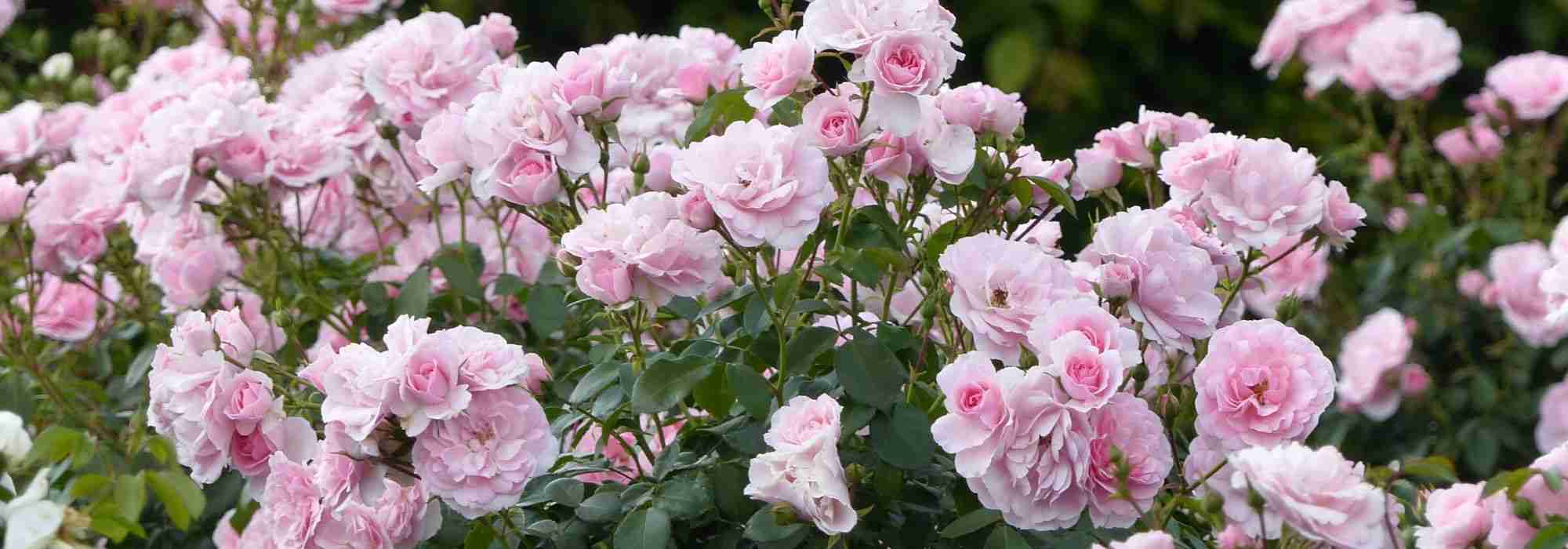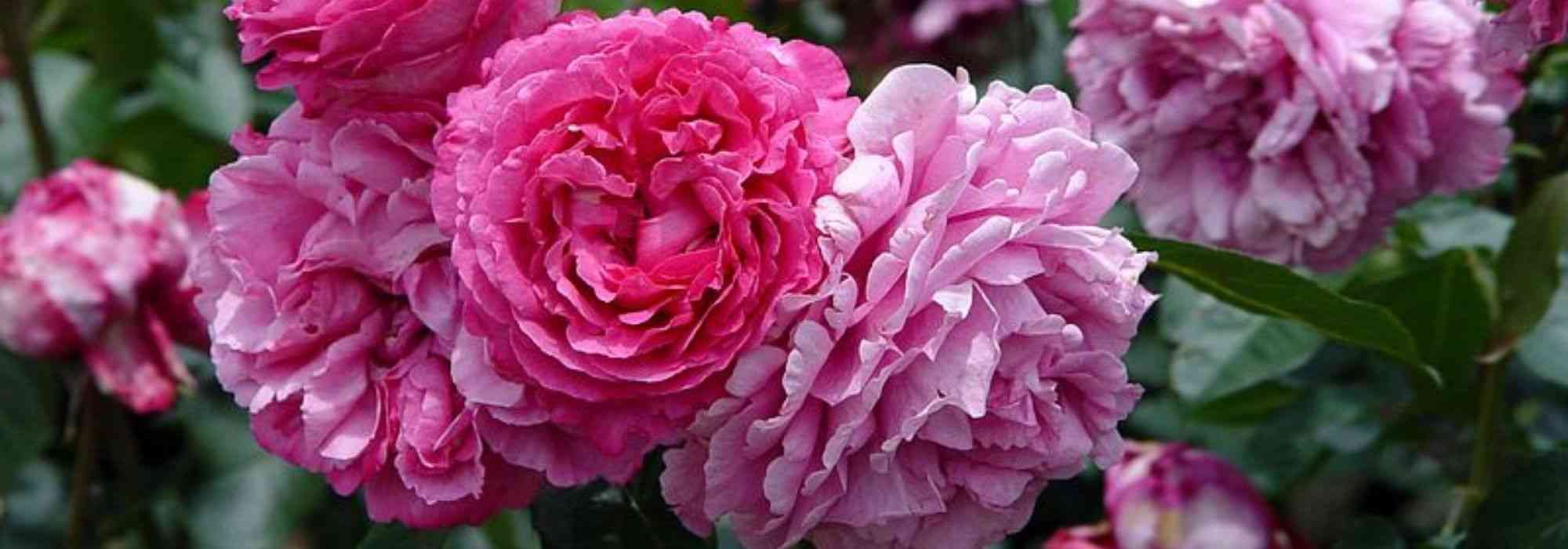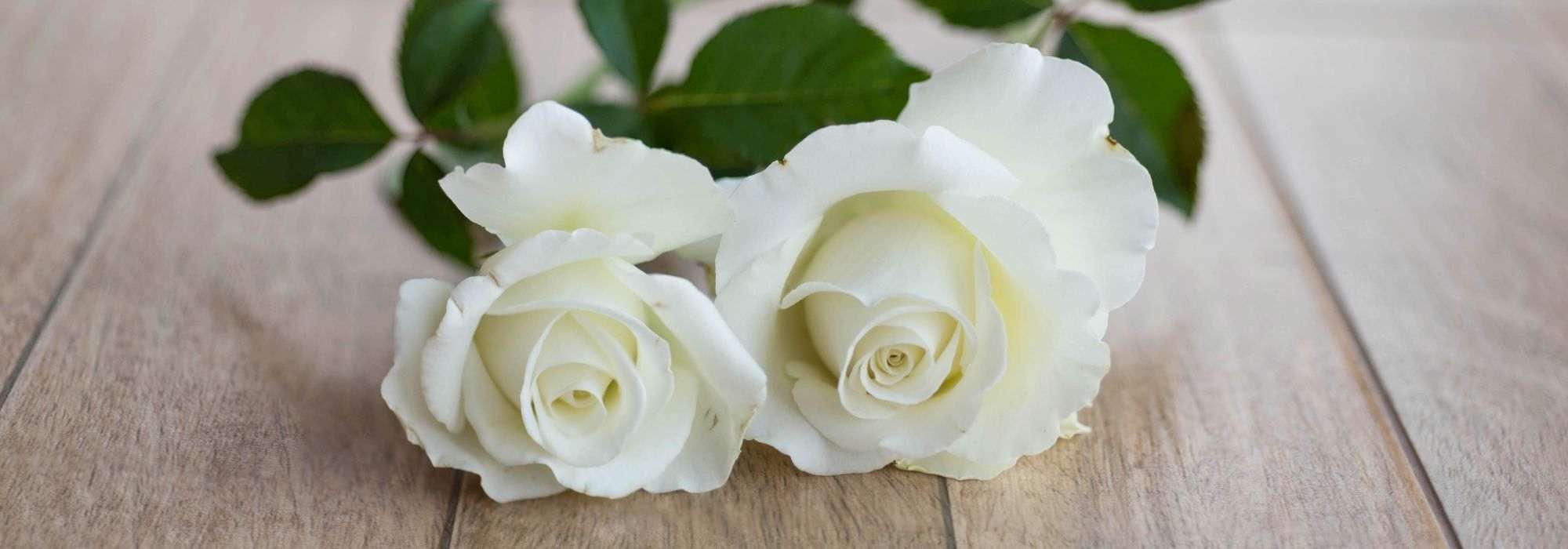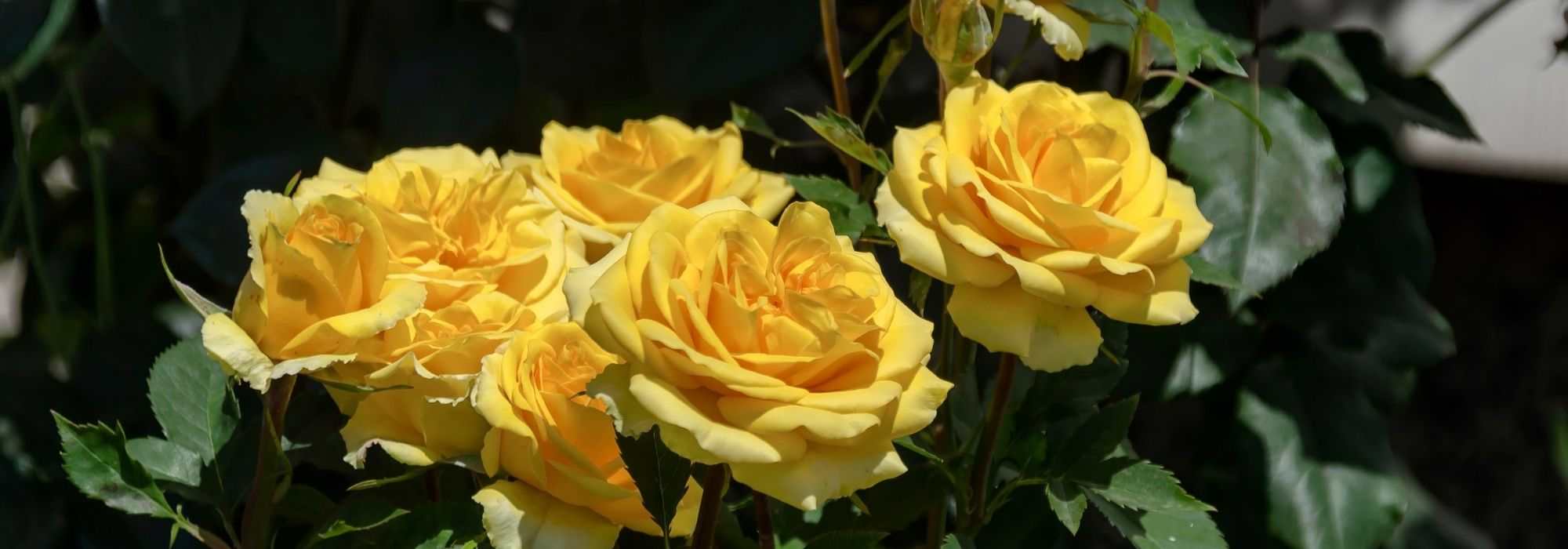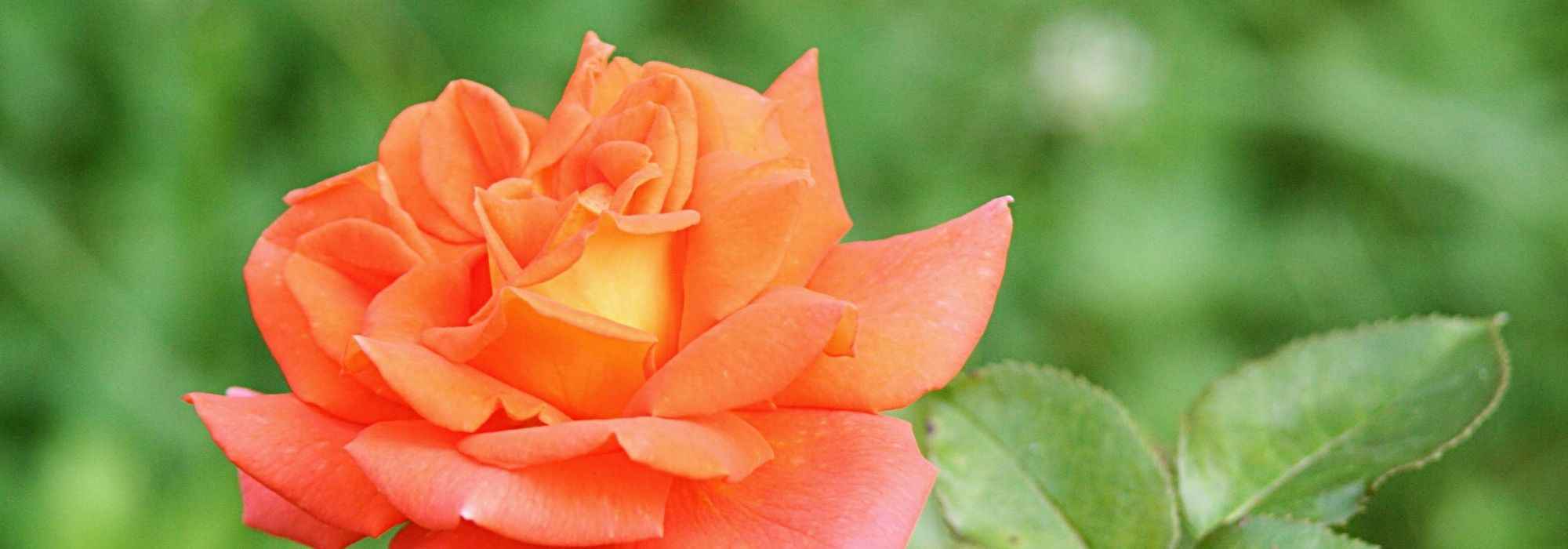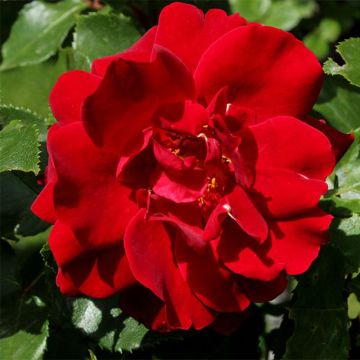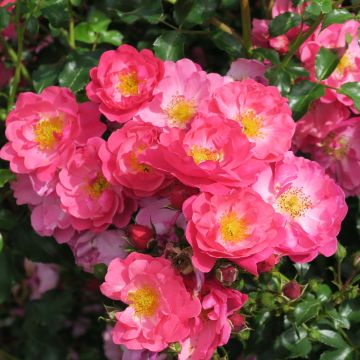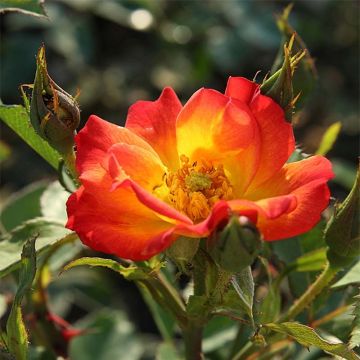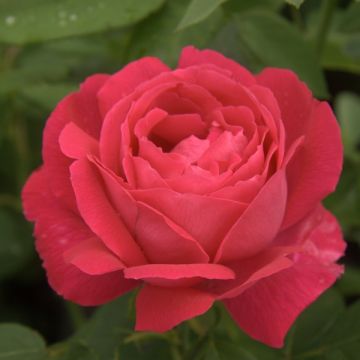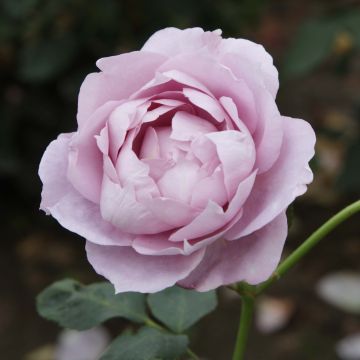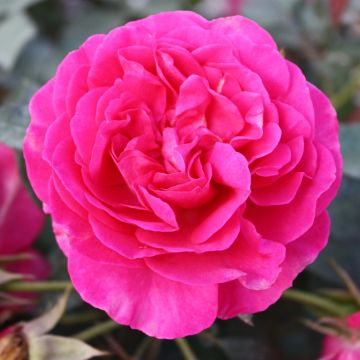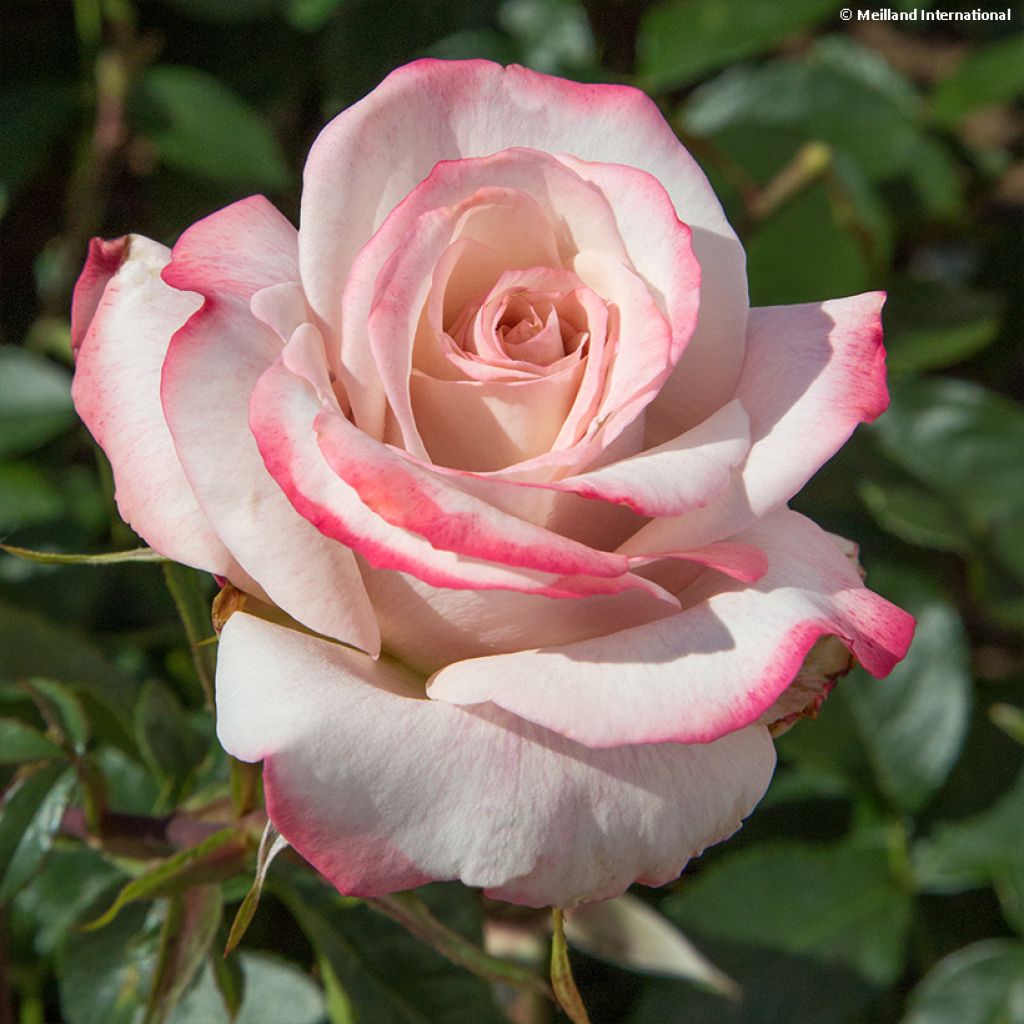

Rosier à grandes fleurs Lyon Lumières 'Meivanae'
Rosa Lyon Lumières
Rosa Lyon Lumières 'Meivanae'
Rose
The bare root rose (without a root ball) received is a bit dry. Planted in the ground, I hope this one, unlike the previous one purchased in November 2023, will take...
Thierry, 12/11/2025
Special offer!
Receive a €20 voucher for any order over €90 (excluding delivery costs, credit notes, and plastic-free options)!
1- Add your favorite plants to your cart.
2- Once you have reached €90, confirm your order (you can even choose the delivery date!).
3- As soon as your order is shipped, you will receive an email containing your voucher code, valid for 3 months (90 days).
Your voucher is unique and can only be used once, for any order with a minimum value of €20, excluding delivery costs.
Can be combined with other current offers, non-divisible and non-refundable.
Home or relay delivery (depending on size and destination)
Schedule delivery date,
and select date in basket
We guarantee the quality of our plants for a full growing cycle, and will replace at our expense any plant that fails to recover under normal climatic and planting conditions.
Description
The Lyon Lumières® Rose offers very large turbinate flowers, with changing colours, with petals of a very pale cream pink with beige pink reflections, more or less punctuated with carmine pink. As it blooms, each rose gradually colours from deep pink to light red at the edges, giving it a unique personality, in a truly luminous two-tone blend. Not only are these roses very beautiful, they are also very pleasantly scented. They bloom from late spring to autumn, on a beautiful, very healthy, dark green satin foliage. Stunning in a mass planting, its roses are divine in a vase. A bush rose that will charm both rose enthusiasts and novice gardeners looking for easy-to-grow and maintain plants.
Lyon Lumières® ('Meivanae') is a bush rose with large flowers launched in 2019 by the Meilland rose breeder. This gently original variety was chosen by the partners of the Festival of Lights, held every year in Lyon on December 8th. Its awards are already impressive: it won three first prizes in the ARTS® (American Rose Trial for Sustainability®) Local Artist (USA), Best Grandiflora Rose Biltmore (USA) in 2020, and the 1st Prize Grandiflora SNHF (Société Nationale de l'Horticulture Française) in 2022.
With a bushy and upright habit, a bit stiff, it reaches about 80cm (32in) in height and 55cm (22in) in spread at maturity, with rapid growth. It produces strong, thorny branches that bear beautiful foliage divided into large, toothed leaflets, of a dark green satin colour. Its young shoots are slightly tinged with bronze. Throughout the summer, and until October if faded flowers are removed, the plant produces waves of 11cm (4in) flowers, whose turbinate shape and perfect symmetry recall its membership in the hybrid tea rose category. Fully double, they are composed of 30 satin petals whose colour evolves depending on the stage of blooming, the season and the temperature. Their fragrance is pronounced and delicious, Meilland describes it as follows: intense rose perfume with spicy, aniseed and peppery notes nuanced with a touch of verbena. The flowers are solitary, or more rarely grouped in small bouquets, borne at the end of long shoots of the year or emerging from 2-year-old stems. The foliage of this variety is healthy, even in cool and humid climates.
The 'Lyon Lumières' rose is superb in mass plantings, planted in groups of 5 plants, in large monochrome borders or in combination with white or pink roses. It also mixes well with shrubs, perennials and annuals such as catmints, bellflowers, phlox paniculata or tall foxgloves. It will be well showcased in front of a boxwood or yew screen, or, on the contrary, surrounded by a miniature hedge or a carefully organized maze, as in Italian or French gardens. You can also plant a herbaceous clematis with blue flowers such as Clematis heracleifolia or a Sollya heterophylla at its base in mild climates. Finally, its roses are stunning in bouquets, combined with lilies and hydrangeas in summer or asters in autumn.
Rosa Lyon Lumières in pictures
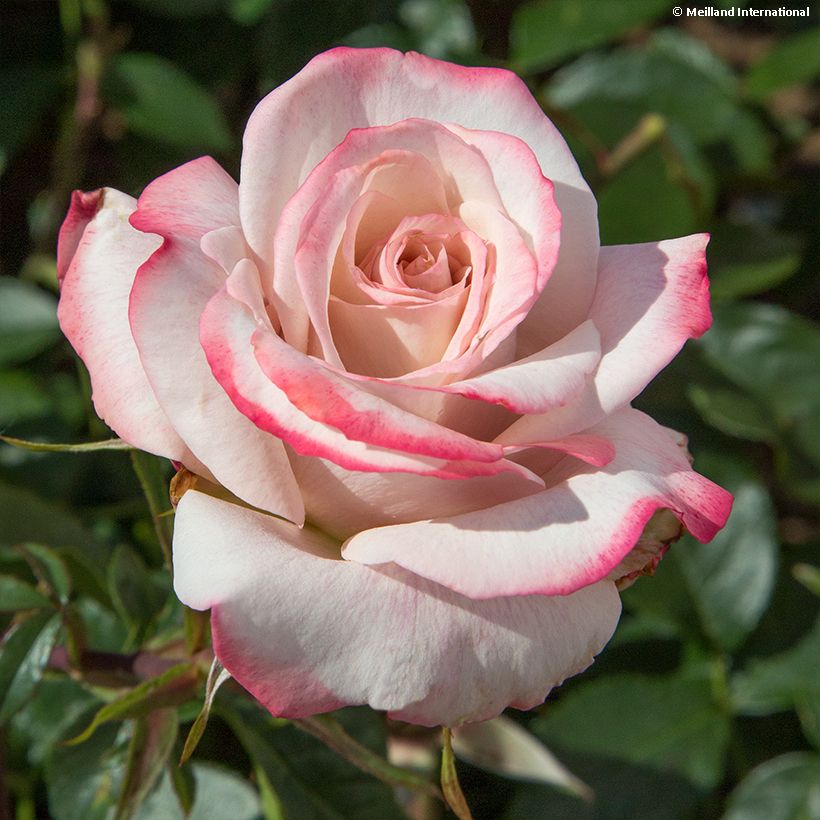

Plant habit
Flowering
Foliage
Botanical data
Rosa
Lyon Lumières 'Meivanae'
Rosaceae
Rose
Cultivar or hybrid
Planting and care
Plant your Lyon Lumières Rose bush in a sunny or lightly shaded position. Modern roses are tolerant but do not appreciate an excess of lime. They will adapt to any garden as long as the soil is well worked, not too heavy, and rich. To plant your rose bush, work the soil by crumbling it and place an amendment, such as dried blood or dehydrated horn, at the bottom of the planting hole. Water generously after planting to remove any air pockets. Water regularly for a few weeks to facilitate root growth. Avoid pruning too short for the first two years.
Pruning modern perpetual roses is essential for flowering. It is done in three steps:
1. Maintenance pruning: regularly shorten the branches that have bloomed during the season. To encourage the reblooming of perpetual roses, remove faded flowers at the same time as their stems, leaving 2 or 3 leaves.
2. Preparatory pruning in autumn: light pruning that anticipates the true spring pruning. In regions with cold winters, it is not recommended to avoid weakening the bush.
3. Spring pruning: in February-March, when the buds have become shoots 2 to 3cm (1in) long, prune the young strong branches to one-quarter of their length.
Pruning always aims to clear the centre of the bush and remove dead wood, diseased branches, and weak shoots. The most vigorous branches, usually 3 to 6 well-positioned ones, should be kept to maintain a good habit. Always prune at an angle ½cm or 1cm above an outward-facing bud.
Planting period
Intended location
Care
Planting & care advice
-
, onOrder confirmed
Reply from on Promesse de fleurs
Similar products
Haven't found what you were looking for?
Hardiness is the lowest winter temperature a plant can endure without suffering serious damage or even dying. However, hardiness is affected by location (a sheltered area, such as a patio), protection (winter cover) and soil type (hardiness is improved by well-drained soil).

Photo Sharing Terms & Conditions
In order to encourage gardeners to interact and share their experiences, Promesse de fleurs offers various media enabling content to be uploaded onto its Site - in particular via the ‘Photo sharing’ module.
The User agrees to refrain from:
- Posting any content that is illegal, prejudicial, insulting, racist, inciteful to hatred, revisionist, contrary to public decency, that infringes on privacy or on the privacy rights of third parties, in particular the publicity rights of persons and goods, intellectual property rights, or the right to privacy.
- Submitting content on behalf of a third party;
- Impersonate the identity of a third party and/or publish any personal information about a third party;
In general, the User undertakes to refrain from any unethical behaviour.
All Content (in particular text, comments, files, images, photos, videos, creative works, etc.), which may be subject to property or intellectual property rights, image or other private rights, shall remain the property of the User, subject to the limited rights granted by the terms of the licence granted by Promesse de fleurs as stated below. Users are at liberty to publish or not to publish such Content on the Site, notably via the ‘Photo Sharing’ facility, and accept that this Content shall be made public and freely accessible, notably on the Internet.
Users further acknowledge, undertake to have ,and guarantee that they hold all necessary rights and permissions to publish such material on the Site, in particular with regard to the legislation in force pertaining to any privacy, property, intellectual property, image, or contractual rights, or rights of any other nature. By publishing such Content on the Site, Users acknowledge accepting full liability as publishers of the Content within the meaning of the law, and grant Promesse de fleurs, free of charge, an inclusive, worldwide licence for the said Content for the entire duration of its publication, including all reproduction, representation, up/downloading, displaying, performing, transmission, and storage rights.
Users also grant permission for their name to be linked to the Content and accept that this link may not always be made available.
By engaging in posting material, Users consent to their Content becoming automatically accessible on the Internet, in particular on other sites and/or blogs and/or web pages of the Promesse de fleurs site, including in particular social pages and the Promesse de fleurs catalogue.
Users may secure the removal of entrusted content free of charge by issuing a simple request via our contact form.
The flowering period indicated on our website applies to countries and regions located in USDA zone 8 (France, the United Kingdom, Ireland, the Netherlands, etc.)
It will vary according to where you live:
- In zones 9 to 10 (Italy, Spain, Greece, etc.), flowering will occur about 2 to 4 weeks earlier.
- In zones 6 to 7 (Germany, Poland, Slovenia, and lower mountainous regions), flowering will be delayed by 2 to 3 weeks.
- In zone 5 (Central Europe, Scandinavia), blooming will be delayed by 3 to 5 weeks.
In temperate climates, pruning of spring-flowering shrubs (forsythia, spireas, etc.) should be done just after flowering.
Pruning of summer-flowering shrubs (Indian Lilac, Perovskia, etc.) can be done in winter or spring.
In cold regions as well as with frost-sensitive plants, avoid pruning too early when severe frosts may still occur.
The planting period indicated on our website applies to countries and regions located in USDA zone 8 (France, United Kingdom, Ireland, Netherlands).
It will vary according to where you live:
- In Mediterranean zones (Marseille, Madrid, Milan, etc.), autumn and winter are the best planting periods.
- In continental zones (Strasbourg, Munich, Vienna, etc.), delay planting by 2 to 3 weeks in spring and bring it forward by 2 to 4 weeks in autumn.
- In mountainous regions (the Alps, Pyrenees, Carpathians, etc.), it is best to plant in late spring (May-June) or late summer (August-September).
The harvesting period indicated on our website applies to countries and regions in USDA zone 8 (France, England, Ireland, the Netherlands).
In colder areas (Scandinavia, Poland, Austria...) fruit and vegetable harvests are likely to be delayed by 3-4 weeks.
In warmer areas (Italy, Spain, Greece, etc.), harvesting will probably take place earlier, depending on weather conditions.
The sowing periods indicated on our website apply to countries and regions within USDA Zone 8 (France, UK, Ireland, Netherlands).
In colder areas (Scandinavia, Poland, Austria...), delay any outdoor sowing by 3-4 weeks, or sow under glass.
In warmer climes (Italy, Spain, Greece, etc.), bring outdoor sowing forward by a few weeks.


































